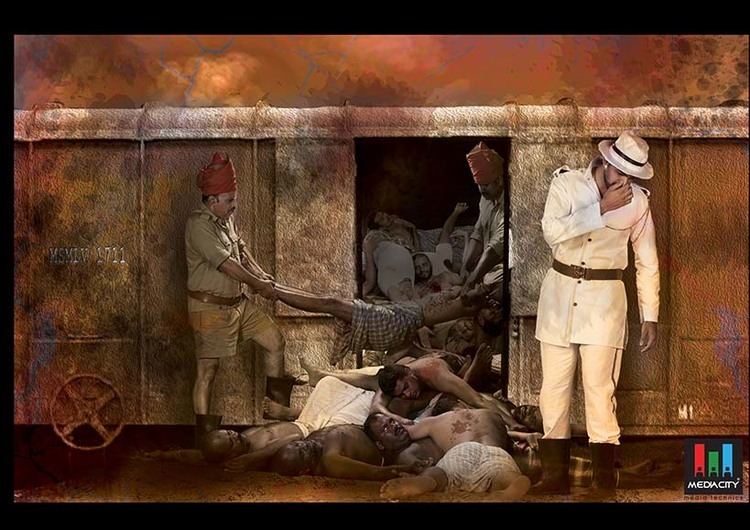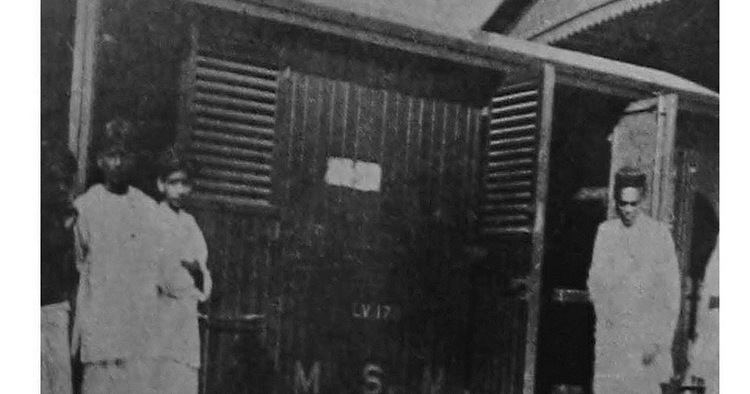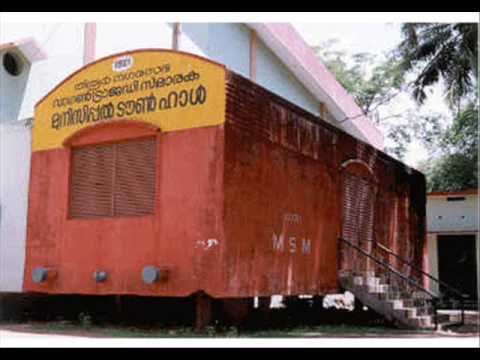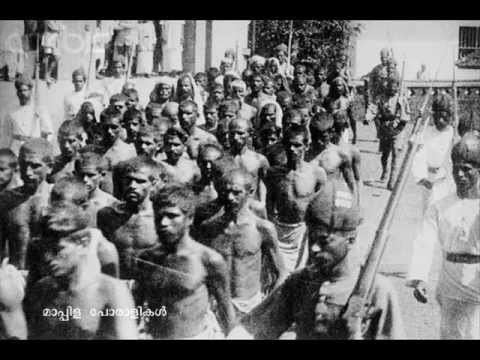Target Moplah rebels Dates 19 Nov 1921 – 20 Nov 1921 Attack type Burial | Defenders None Total number of deaths 67 | |
 | ||
Location | ||
Wagon tragedy scene from 1921
The wagon tragedy was the death of 67 prisoners on 20 November 1921 in the Malabar region of Kerala state of India. The prisoners had been taken into custody following Mappila Rebellion against British Colonial rule and Hindu landlords. Their deaths through apparent negligence discredited the British Raj and generated sympathy for the Indian independence movement.

In order to attract more Muslim support to the Indian National Movement, Mahatma Gandhi and the national leaders of India initially supported the Khilafat Movement and merged it to the famous Non Co-operation Movement. This succeeded in bringing almost all sections of Indians under one flag for a Pan-Indian movement for the first time. The southern Malabar district welcomed this movement in a great spirit. However, in Eranad and Walluvanad taluks it took the form of an armed rebellion by the Muslim Mappila community, who were largely tenants being exploited by British and their supporters high caste Hindu landlords.After a series of events that culminated in violent clashes between police and protesters, martial law was introduced and the rebellion was mostly crushed.

On 10 November 1921, when the uprising was near its end, almost 90 detained Muslim rebels were sent by train from Tirur to the Central Prison in Podanur (near Coimbatore district). They were bundled into a freight wagon and the train set off. Pothanur jail was found to be full to maximum capacity, so orders were given to take the prisoners back. During the return journey, 67 of the 90 rebels suffocated to death in the closed iron wagon. Historian Sumit Sarkar referred to it as the "Black Hole of Podanur". A monument to this notorious tragedy can be seen at Tirur.



